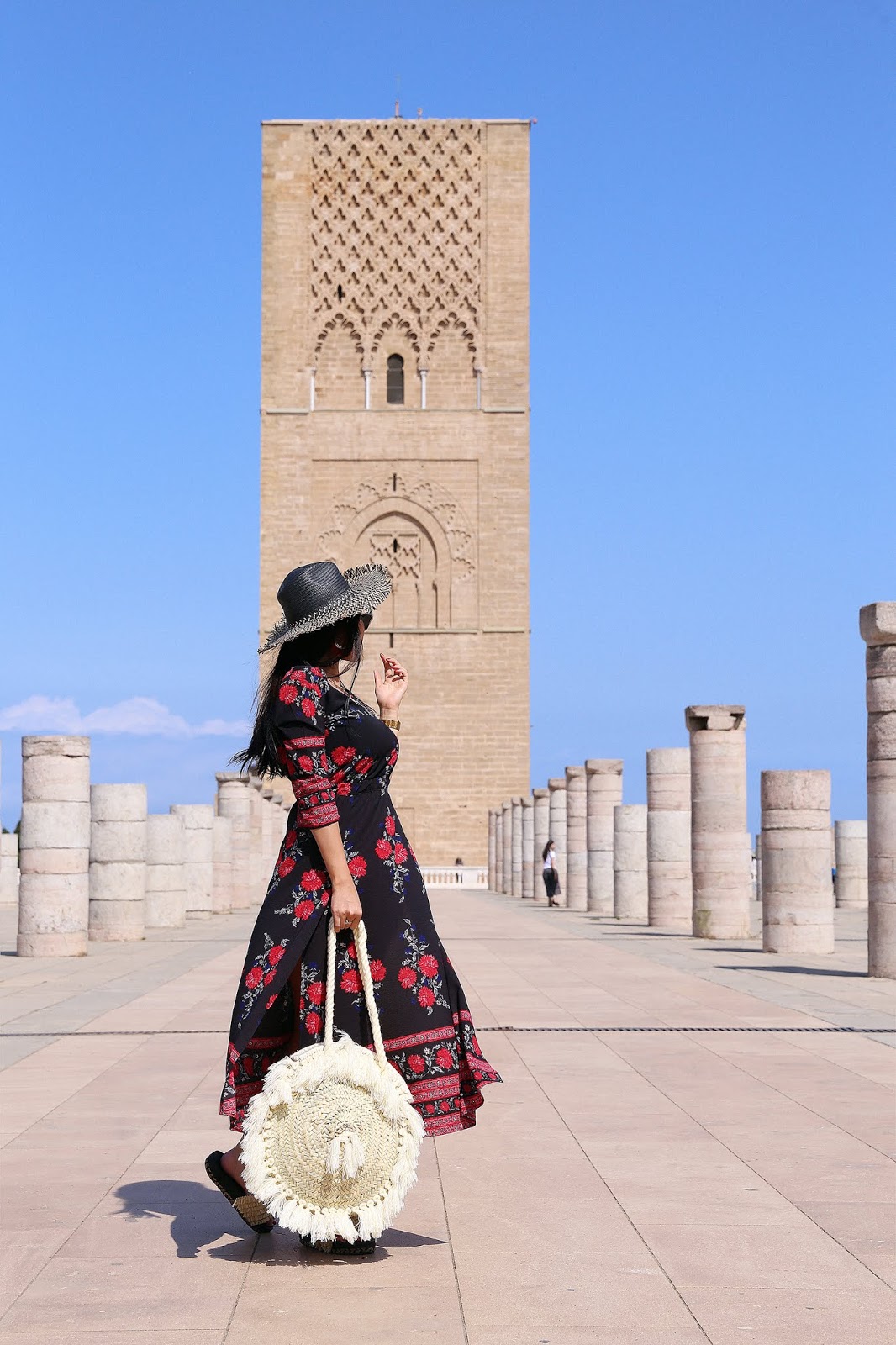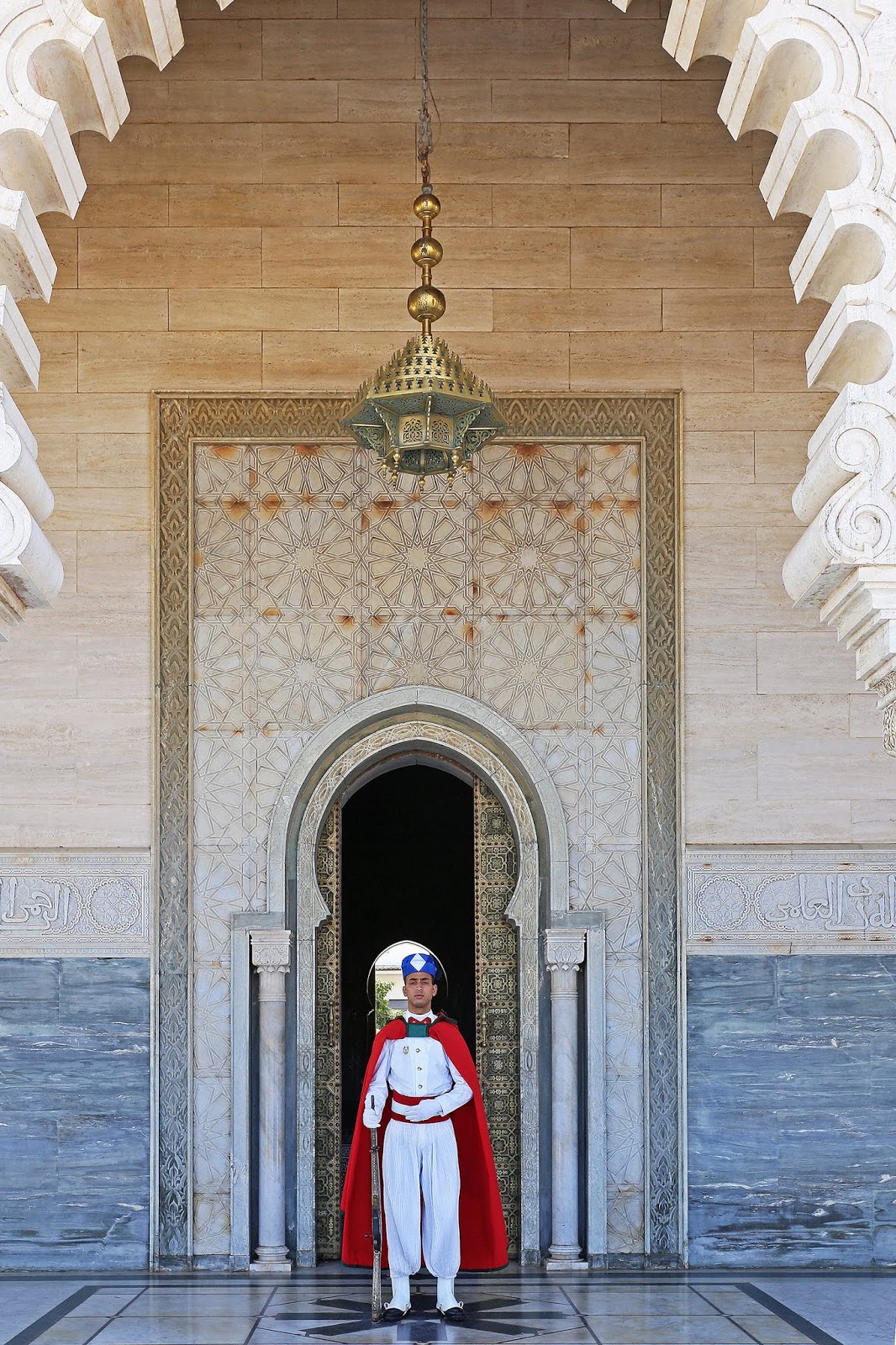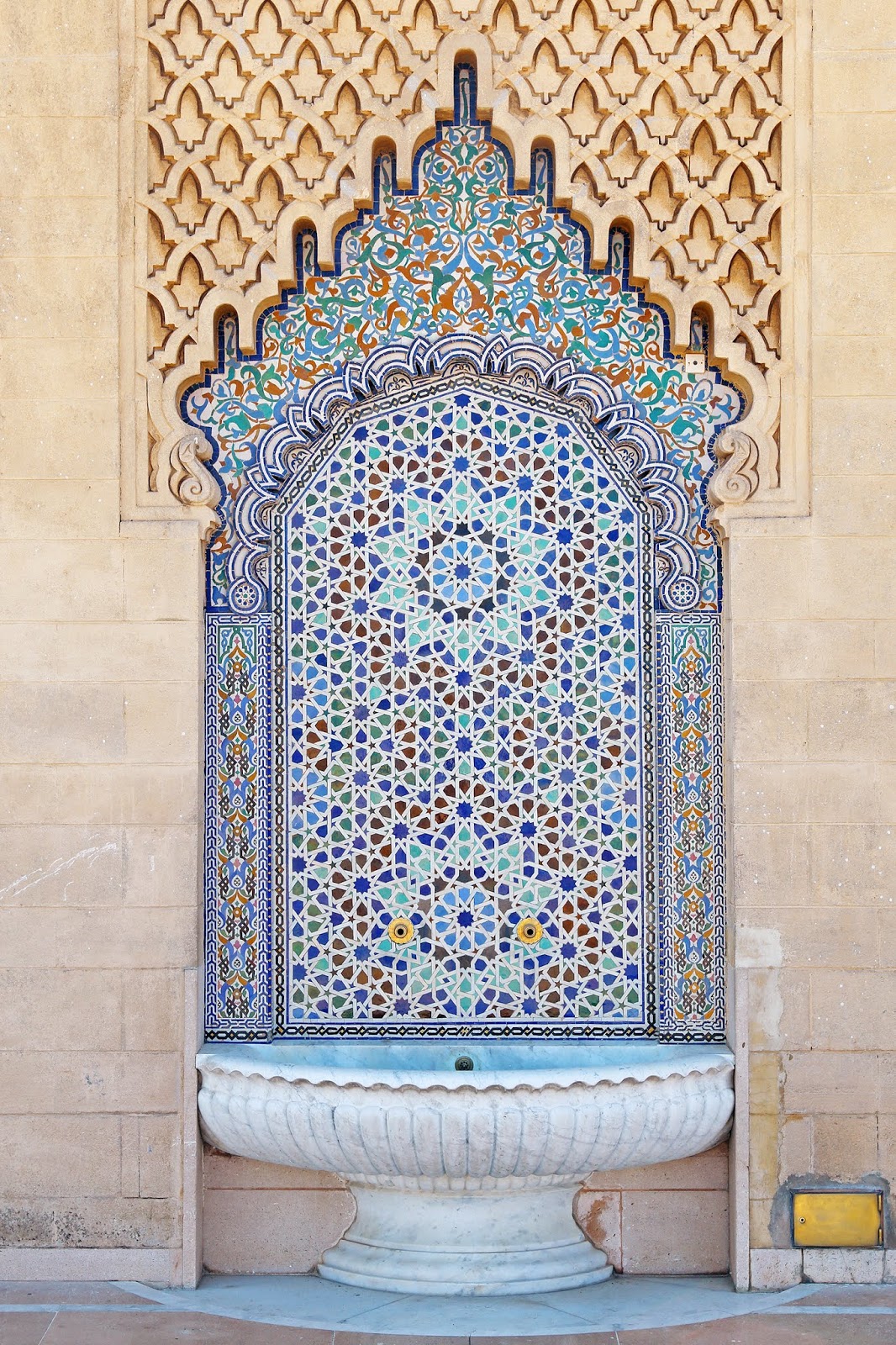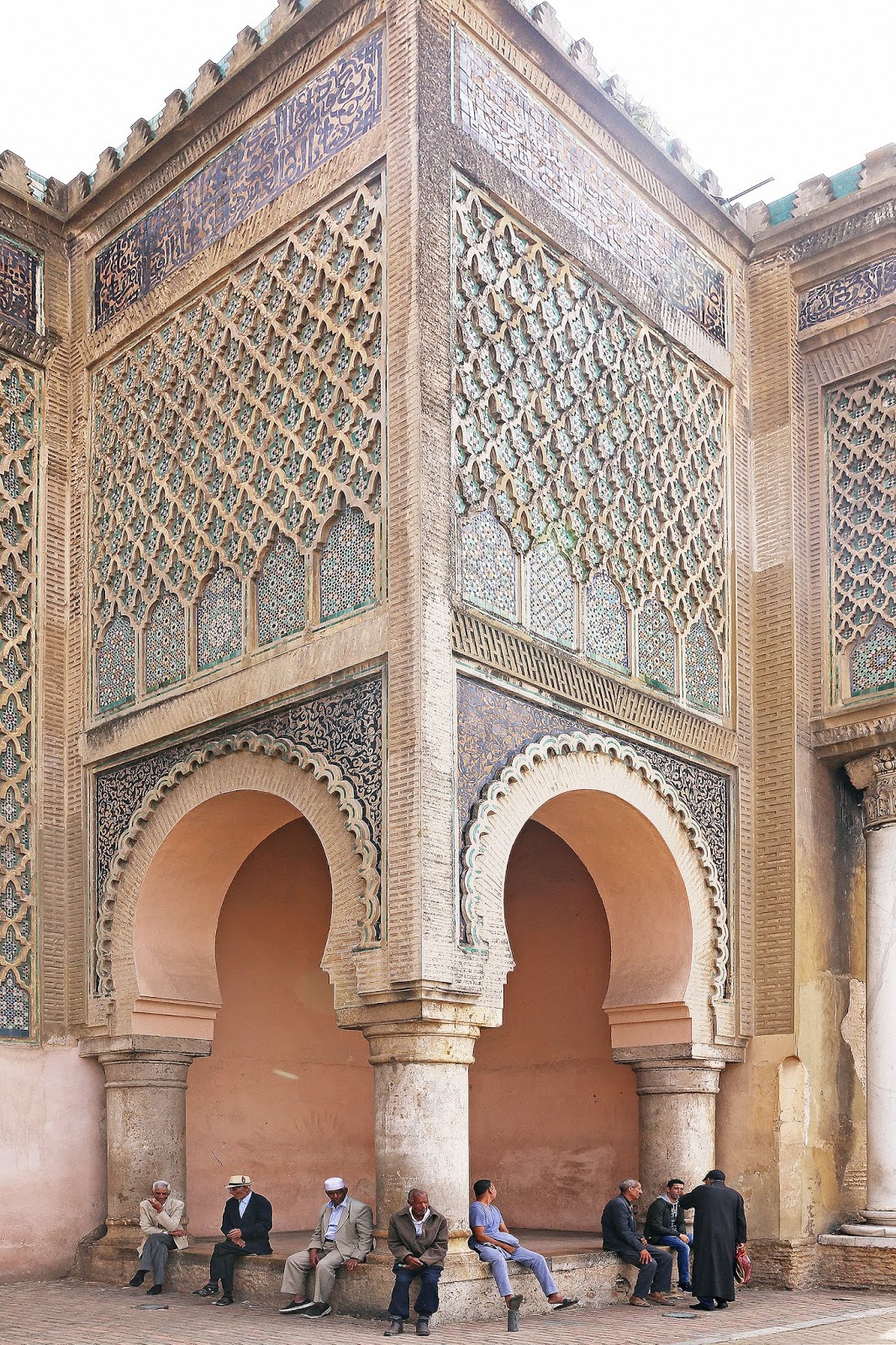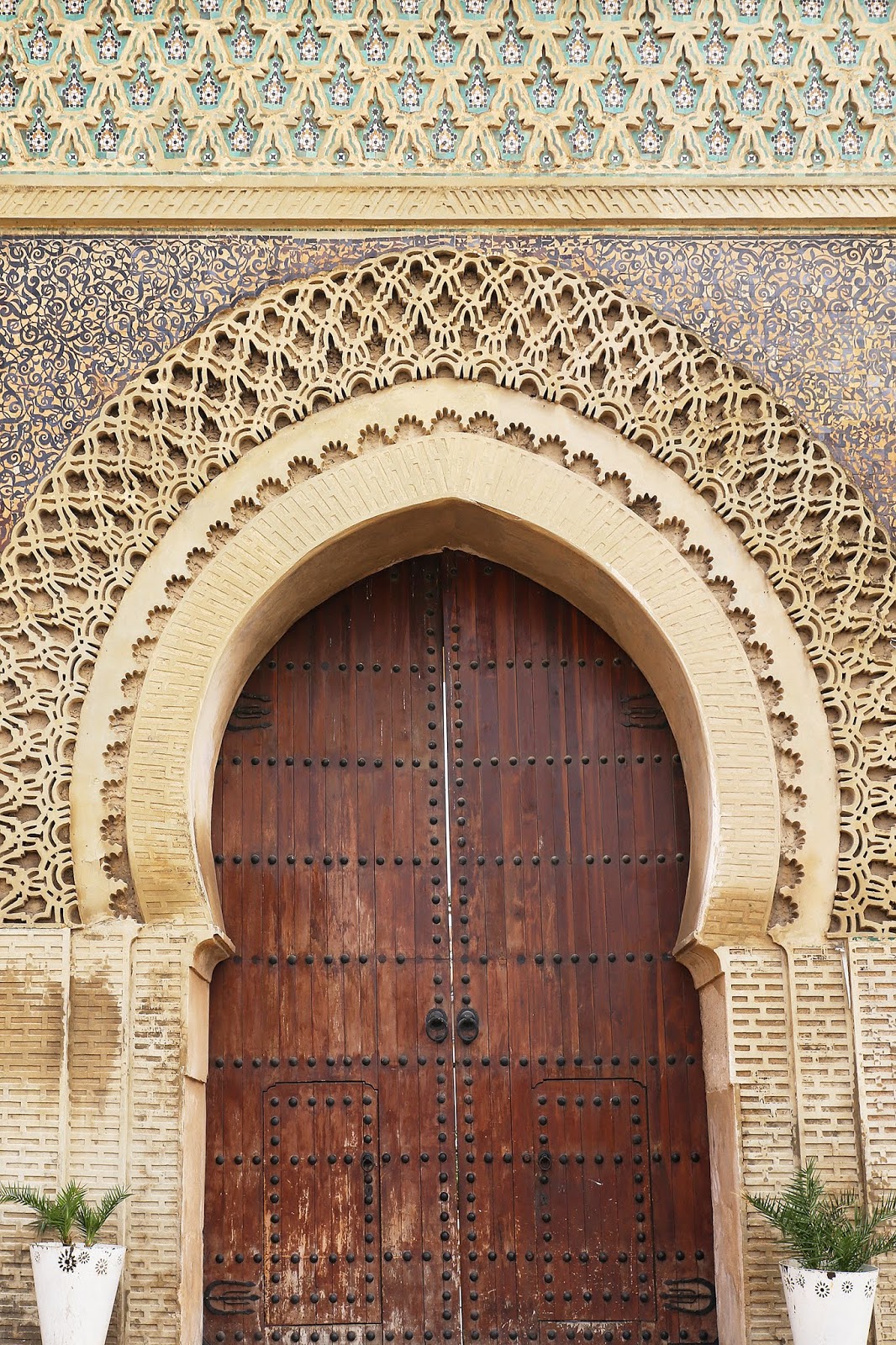THE MOROCCO DIARIES, PART 2 of 10: RABAT & MEKNES
RABAT
HASSAN TOWER
Though Rabat may seem unassuming, the city holds a UNESCO World Heritage Site. Rows of 200 marble pillars of varying heights, flanked on one side by what looks like the remnants of a wall swept away by the tide, and dominated by the curious monument that is Hassan Tower. These are what remains of a mosque conceived in the 12th century for an entire army of Sultan Yaqub Al-Mansour to worship at. Hassan Tower would’ve been the largest minaret in the world, had the sultan not passed away in 1199. Construction halted immediately and indefinitely. Despite the esplanade’s incompleteness, there’s a certain charm and wistfulness to Hassan Tower and the surrounding pillars. The field of stumps and the looming 44 metre tower, in a way, is a symbol of the king and his army that it was meant to be built for.
MAUSOLEUM OF KING MOHAMMED V
On the other end of the esplanade stands the other of Rabat’s most famous landmarks: the Mausoleum of King Mohammed V. The final resting place of the present king’s father (the late Hassan II) and grandfather, this mausoleum is a palace in its own right. The royal tombs – which respectfully-dressed visitors can look down into from a gallery – are carved from white onyx and rest on a slab of dark blue granite, lending them the appearance of the moon reflected in a shimmering and fathomless ocean. Surrounding the tomb are rows of flags with a Koran reader seated opposite, his words to God floating up into the mahogany dome carved from cedar gilded in gold leaf and perforated with stained glass. Completed in 1971, the Mausoleum of King Mohammed V is a masterpiece of modern Alaouite dynasty architecture, with its white silhouette, topped by a typical green tiled roof. Outside, royal sentries stand guard. TheMausoleum of King Mohammed V is one of very few holy places that non-Muslims are allowed to enter, making Rabat not just a city to pass through but also a destination in its own right.
MEKNES
If Rabat seemed like an undiscovered superstar, Meknes is even more so. My first impression did not blow me away. A small, quiet city whose only inhabitants seemed to be bitter orange trees, and whose only visitors were people from the countryside doing their shopping in town before heading back to their rural homes. Then there’s the dust – a pervasive, invasive veneer of chalkiness that the city seems to wear with a badge of pride, or at least resignation. Had I not known that Meknes was one of the Imperial Cities, I would have kep on driving on to the far more popular city of Fes. Yet, Meknes was the capital of Morocco in the 17th century during the reign of Sultan Moulay Ismael. The clues are in the urban planning: remnants of no less than three sets of fortifications are ingeniously incorporated into the city’s road networks, a throwback to when city’s was the heart of the country. At the centre is the 17th-century imperial headquarters: a fortified city within a city; of palaces, mosques, gardens, dungeons, royal stables, and of course, the incomparable royal granary.
BAB EL-MANSOUR
It‘s the royal granary that keeps Meknes clinging on to relevance. In its heyday, the granary held enough food for the populace for a year as well as stabling for 12,000 horses. The entrance alone is worth the visit. Bab el-Mansour, often named as one of the world’s most impressive doors, is the grandest of all imperial Moroccan gateways. Conceived as an elaborate homage to Sultan Moulay Ismael, Bab el-Mansour was created with materials pilfered from other Moroccan monuments and palaces, such as marble columns from the nearby Roman ruins of Volubilis and Corinthian columns from El Badi Palace in Marrakech. The facade is intensely adorned by green and white zeillij tiles and engraved Koranic panels, creating the illusion of an embroidered cloth. While the gate is faded by the omnipresent dust that dulls even the vibrant colours of Bab el-Mansour, not even the patina of time can take away from its impressive size. At 16 metres tall and 8 metres wide, Bab el-Mansour seizes attention and demands the reverance this former sultanate once commanded.
Having seen the best of what these less-traversed Imperial Cities had to offer, it was now time to move on to one of Morocco’s most well-known former capitals – Fez. With not a moment to spare, as night was beginning to fall and I knew I would need a full night’s sleep to prepare myself for the day ahead. Coming up, the dizzying and enthralling medina, souks, and shops of Fez…




